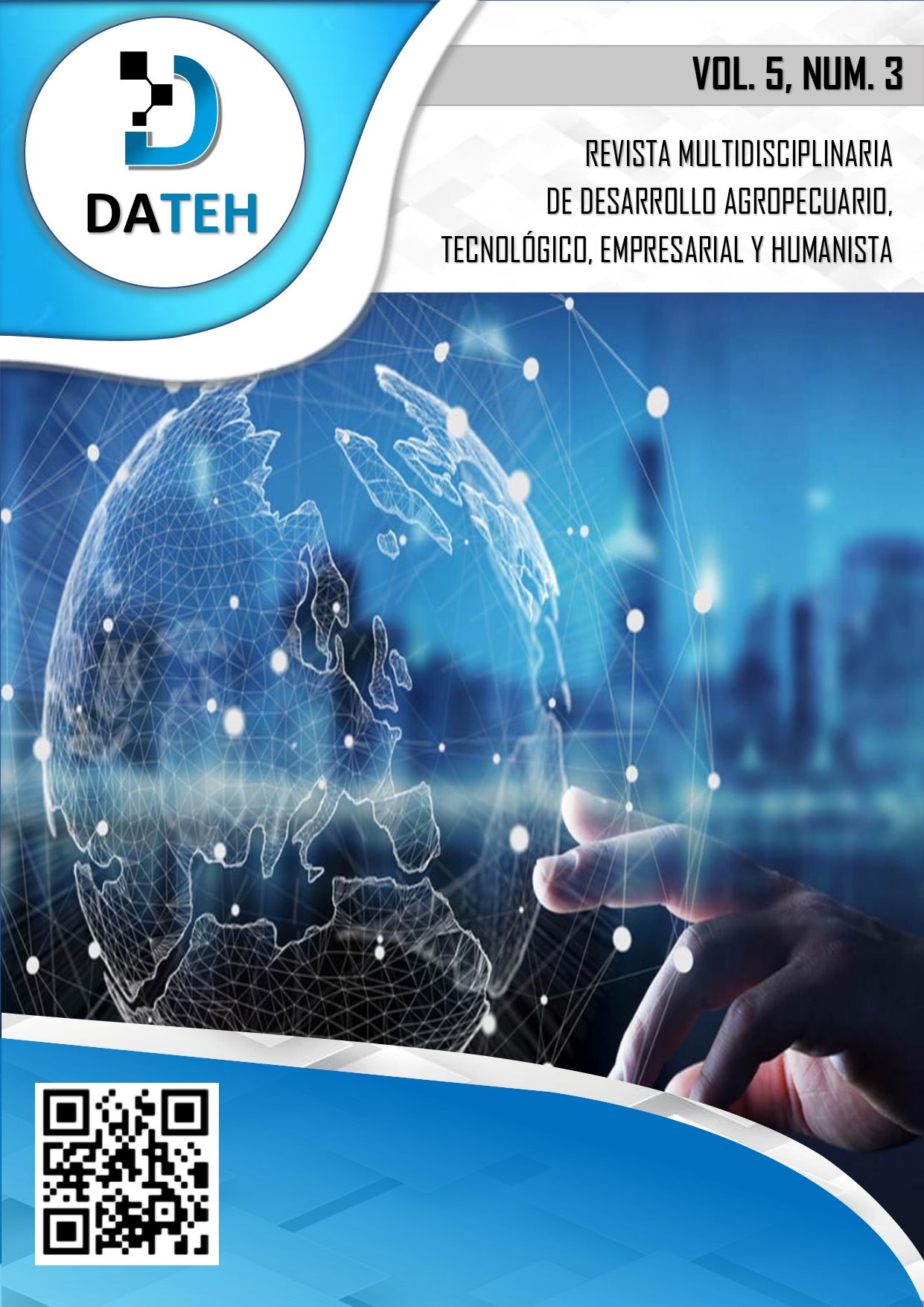Fortalecimiento de la pronunciación del idioma inglés a través de las autograbaciones
Palabras clave:
Auto-grabaciones, pronunciación en inglés, herramientas pedagógicas, idioma inglésResumen
El propósito de esta investigación fue analizar los efectos del uso de auto grabaciones en la pronunciación del idioma inglés. Los participantes fueron 37 estudiantes entre las edades de 7 a 10 años. Esta investigación se realizó en la Unidad Educativa “Nueva Era”. Con un enfoque cuantitativo y un diseño pre-experimental, a pretest y un postest fueron aplicados tomando como referencia el examen de Cambridge A2 Flyers. Se trabajó con 14 intervenciones en las cuales se usó el cuaderno de trabajo de los estudiantes, libros de lectura extra y hojas de trabajo. Junto con esto, las lecturas y actividades se usaron para enseñar la pronunciación en inglés de nuevas palabras que los estudiantes revisaron en las actividades. Asimismo, se utilizó la web de Vocaroo para poner en práctica la pronunciación del inglés de los alumnos a través de algunas tareas enviadas. Al final de la investigación se tomó el Post-test que tiene dos partes como el Pre-test. La media del Pretest fue de 5.946 sobre 10 puntos y el promedio del Post-test fue de 6.973 sobre 10 puntos. Los resultados demostraron que los estudiantes mejoraron su pronunciación en inglés usando auto grabaciones, lo que significa que el efecto de usar auto grabaciones en el aula fue positivo, ya que los estudiantes podían autocorregir sus errores de pronunciación al escuchar sus propios audios cuando lo estaban practicando, siendo así una fuente de retroalimentación para ellos y permitiéndoles tomar conciencia de sus errores y dificultades.Descargas
Citas
Akkara, S., Mallampalli, M. S., & Anumula, V. S. S. (2020). Improving Second Language Speaking and Pronunciation through Smartphones. International Journal of Interactive Mobile Technologies (iJIM), 14(11), pp. 280–287. https://doi.org/10.3991/ijim.v14i11.13891
Aoki, S. (2014). Potential of voice recording tools in language instruction.https://academiccommons.columbia.edu/doi/10.7916/D8W958SQ
Boyd, Z., Elliott, Z., Fruehwald, J., Hall-Lew, L., & Lawrence, D. (2015, April). An evaluation of sociolinguistic elicitation methods.
Huang, H. (2015). Computer Assisted Language Learning. Taylor and Francis Online. https://doi.org/10.1080/09588221.2013.803983
Lancini, S. (2019). The use of android and ios voice tools to develop English for academic purposes (eap): speaking skills for non-native speakers of English.
Mancerna Arévalo, J. M. (2014). Improving pronunciation skills through self-recordings. Cundinamarca. https://intellectum.unisabana.edu.co/bitstream/handle/10818/12397/
Menggo, Sebastianus & Suastra, I Made & Padmadewi, Ni. (2019). Self-Recording Videos to Improve Academic English-Speaking Competence. Asian EFL Journal.130-152. https://erepo.unud.ac.id/id/eprint/32048
Olivo Tello, K. M. (2016). The influence of Spanish on the pronunciation of the English phonemes/t/and/d/in students of the eighth level of the international commerce career at PUCESE during the first semester of 2016 (Doctoral dissertation, Ecuador-PUCESE- Escuela de Lingüística Aplicada).http://repositorio.pucese.edu.ec/handle/123456789/907
Wijayani, T. A. (2017). USING DIGITAL AUDIO RECORDING IN LEARNING SPEAKING. Journal of English and Education (JEE), 4(2), 37–51. https://doi.org/10.20885/jee.vol4.iss2.art

